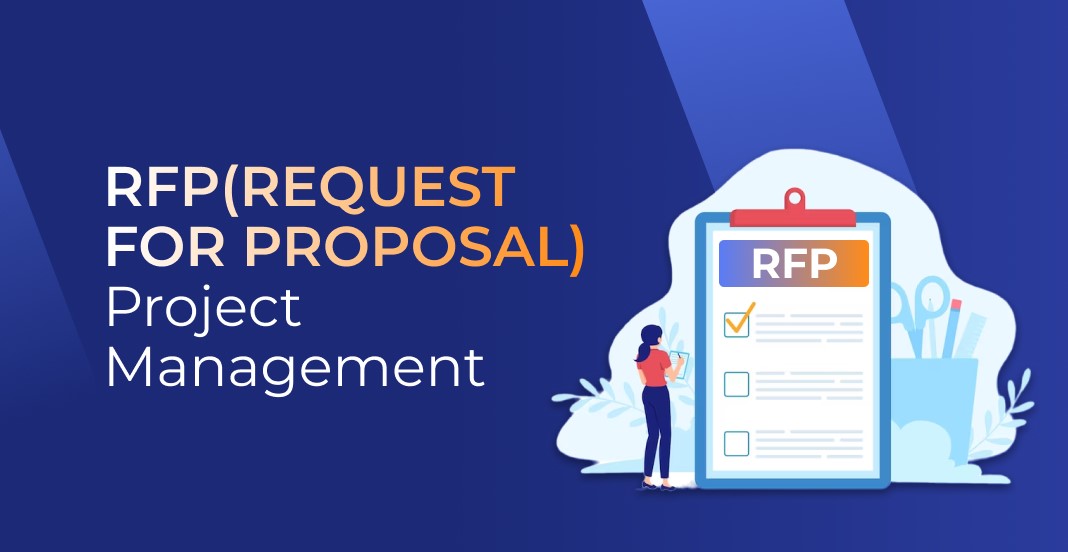
Request for Proposal (RFP) processes can be complex and time-consuming. However, by using a basic template, businesses of all sizes can simplify and streamline their RFP processes, ultimately increasing their chances of securing winning bids. Whether you are a small start-up or a large corporation, having a structured approach to your RFP process is essential for success.
The first step in simplifying your Request for Proposal process is to develop a basic template that can be used for all your RFPs. This template should include the necessary sections and questions that are relevant to your business and industry. By having a standardized template, you can save time and effort by not having to start from scratch for each new RFP.
Once you have your basic template in place, you can customize it for each specific RFP by adding or removing sections as needed. This allows you to adapt the template to meet the specific requirements of each project while still maintaining a consistent structure throughout your RFPs.
In addition to saving time, using a basic template for your RFP process also ensures that you are including all the necessary information in your proposals. This can help prevent misunderstandings or omissions that could potentially harm your chances of winning the bid. With a structured template, you can be confident that you have covered all the important details and requirements.
Another advantage of using a basic template is that it provides a starting point for collaboration and input from multiple stakeholders within your organization. By having a standardized format, it becomes easier for different teams or departments to contribute to the RFP process. Each team can focus on their specific area of expertise while still adhering to the overall structure and requirements set out in the template.
Furthermore, a basic template allows you to easily compare and evaluate different proposals. Since all the proposals are structured in the same way, you can quickly assess and compare the information provided by different vendors or contractors. This makes the evaluation process more efficient and helps you make informed decisions based on the content of the proposals.
Using a basic template for your RFP process also empowers businesses of all sizes to compete on an equal playing field. Small businesses or start-ups that may not have extensive resources or experience in the RFP process can use a basic template to ensure that they are including all necessary information and presenting their proposals in a professional manner. This levels the playing field and allows businesses of all sizes to compete for opportunities.
In conclusion, a basic template is a powerful tool that can simplify and streamline the RFP process for businesses of all sizes. By developing a standardized template and customizing it for each specific RFP, businesses can save time, ensure that all necessary information is included, facilitate collaboration among different teams, compare and evaluate proposals more efficiently, and empower themselves to compete for winning bids. With a structured approach to RFPs, businesses can increase their chances of success and secure valuable opportunities.